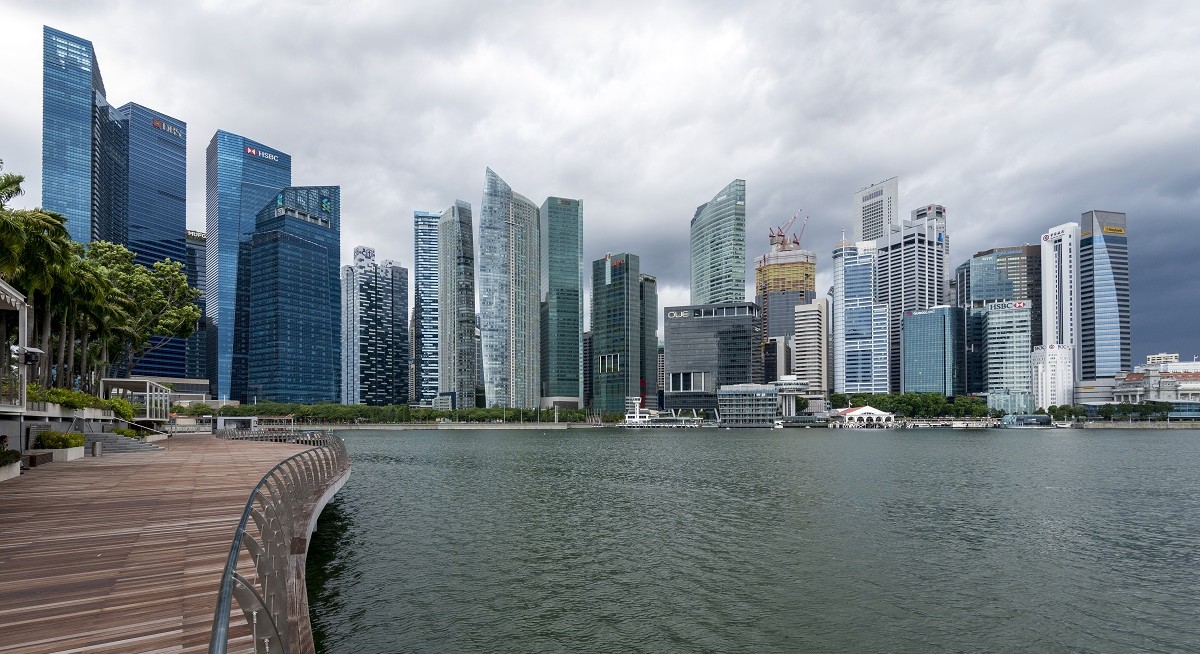“While the Monetary Authority of Singapore (MAS) has revised guidelines to allow S-REITs to gear up to 50%, in the event that ICR ratios are larger than 2.5x, we do not see the S-REITs heading there despite most meeting these criteria. This additional debt headroom in the low interest rates environment now becomes a headroom for S-REITs to manoeuvre in the event that gearing level inches higher when asset values decline,” they add.
The analysts estimate that it will take around 10%-20% depreciation in asset values to bring gearing towards the 45% level, based on FY2023 NPI estimates. “This scenario is remote in our view in the immediate term, as we see strong growth in NPI and liquidity to offset the upward pressure in cap rates.”
They further point out that decline in asset values is not considered a breach in MAS’ guidelines — if gearing heads above 45% (using it as the assumed gearing limit) due to annual asset devaluations, it is not considered a breach in MAS rules as such an event is deemed to be out of control of the S-REIT manager’s hands. In that scenario, however, the S-REIT manager will not be able to take on more debt or deferred payments until it cures the situation.
Currently, S-REITs gearing levels average at 36.5%, ranging between 33% to 39% across different sectors. While the rise in interest rates since the start of 2022 have raised questions about the sustainability of year end valuations for S-REITs, the analysts believe that year-end net asset values (NAV) should remain fairly stable, especially for Singapore-focused properties.
See also: SAC Capital initiates coverage on Reclaims Global with ‘buy’ call and target price of 49.7 cents
“We note from recent reported results from valuation exercises by SPH REIT and Frasers Centrepoint Trust indicated that capital values have remained quite stable with upside in values driven by cash flows improvement,” the analysts add.
The Singapore REITs Index declined 5.5% m-o-m in October, underperforming the the Straits Times Index which declined by a lower 1.2% m-o-m. Across sub-sector performance, US hospitality, hospitality and overseas retail saw relative outperformance to the benchmark, declining 2.6%, 3.1% and 4.3% m-o-m respectively.
Top performers for the month include CapitaLand India Trust, Keppel Data Centre REIT (Keppel DC REIT) and Sasseur REIT, the analysts point out. Amidst general concerns on higher interest rates and potential cap rate compression, CapitaLand India Trust stands out against the sector for its inorganic growth potential pipeline, on decent developments yield in the range of about 15% and a good 6% margin above funding costs.
See also: JP Morgan increases DBS’s TP to $70; upgrades OCBC and SGX to ‘overweight’ and UOB to ‘neutral’
Meanwhile, Keppel DC REIT outperformed on inorganic growth prospects, delivering acquisitions ahead of expectations despite record low cap rates seen globally within the asset class. Lastly, Sasseur REIT saw a reversal in trading performance after sell-off sentiment amongst China-focused stocks over the past two months.
As at 11.12am, units in CapitaLand India Trust, Keppel DC REIT and Sasseur REIT are trading at $1.11, $1.73 and 71.5 cents respectively.




